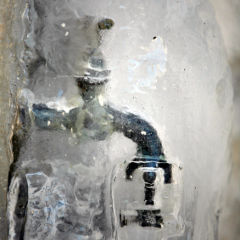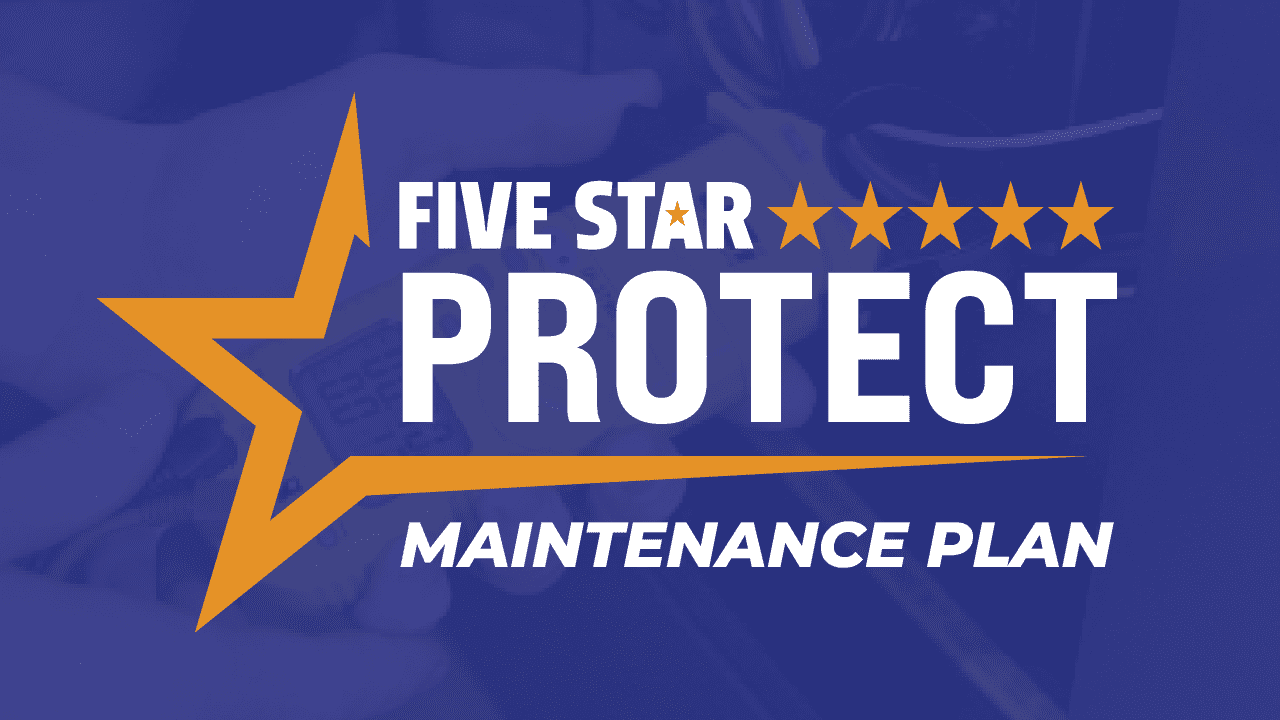
If you find yourself with frozen pipes, you will probably also find yourself paying a big bill in the near future. Frozen pipes quickly turn into several major home maintenance problems all at once. The best and least expensive way to take care of frozen pipes is to prevent them from happening in the first place.
To prevent your pipes from freezing you have to know what causes them to do so in both warmer and colder climates. The three most common reasons that pipes freeze are sudden drops in temperature, thermostats set too low, and poor insolation. Copper and plastic pipes can burst when they freeze, releasing up to 250 gallons of water a day. The water surging out of these pipes can cause flooding, structural damage, property damage, mold, and more. Before the cold sets in, one thing you can do to keep your pipes from freezing is to not allow any pipe to be exposed; insulate pipes and maybe even wrap them in heat tape. You could also seal any air leaks that could let the cold outside air get in around your pipes. You will also want to disconnect any outdoor hoses and drain any pipes leading to faucets outside.
Once it’s cold, there are many steps you can take to further help prevent frozen pipes. You should open up cabinet doors to let heat get to pipes under your sink as well as to allow the heat to the appliances; this is especially important near exterior walls. You will want to be sure to take anything dangerous to small children or pets out of these open cabinets if you have children or animals in the house. You will also want to open any interior doors to supply rooms and other areas with the warmer air.
You may want to reconsider turning your thermostat all the way down when you go to bed or head out for the day; keeping the temperature up will slightly increase your energy bill, but it will help prevent frozen pipes. If you insist on lowering your thermostat, keep the temperature above 55° Fahrenheit. You also could let your faucet trickle cold water, as the movement will help prevent freezing.
If your pipes do freeze, don’t panic. There are things you can do to prevent a burst. The first thing to try is running the water, this can help the situation, but if nothing comes out, leave the tap on and call a professional plumber. You can attempt to thaw the pipes using a hairdryer, starting by warming the pipes nearest the faucet first and working away from it to the coldest part of the pipe. Remember, however, never to operate a hair dryer or other electric appliance if there is standing water, from a burst pipe or otherwise. You could also wrap the pipes in towels soaked in warm water to help them thaw. Do not use a torch or any other open flame to thaw the pipes, as this is a great fire hazard. You may want to get a professional plumber immediately involved if your pipes do freeze. If your frozen pipe is near a gas line, heat from your thawing efforts may create a fire risk. They have additional methods to thaw out your pipes.
Occasionally, despite your best efforts, your frozen pipes may burst. If this has happened, turn the water off at the main shutoff valve. You should be sure that your whole family knows where the shutoff valve is and how it works in the event that this happens. Even though you turn off the shutoff valve, leave your faucets turned on, and then call a plumber immediately.
Frozen Pipes can be a big pain, but the best way to fix them is to not have them at all. By making sure you have few exposed pipes and taking other preventative measures, you may never have to worry about your pipes freezing. Of course, if your pipes do freeze, act immediately and consider getting a professional involved right away. Frozen pipes and bursting pipes can be problematic and expensive, but if handled correctly, you can save yourself a little bit of money and a lot of headaches.




